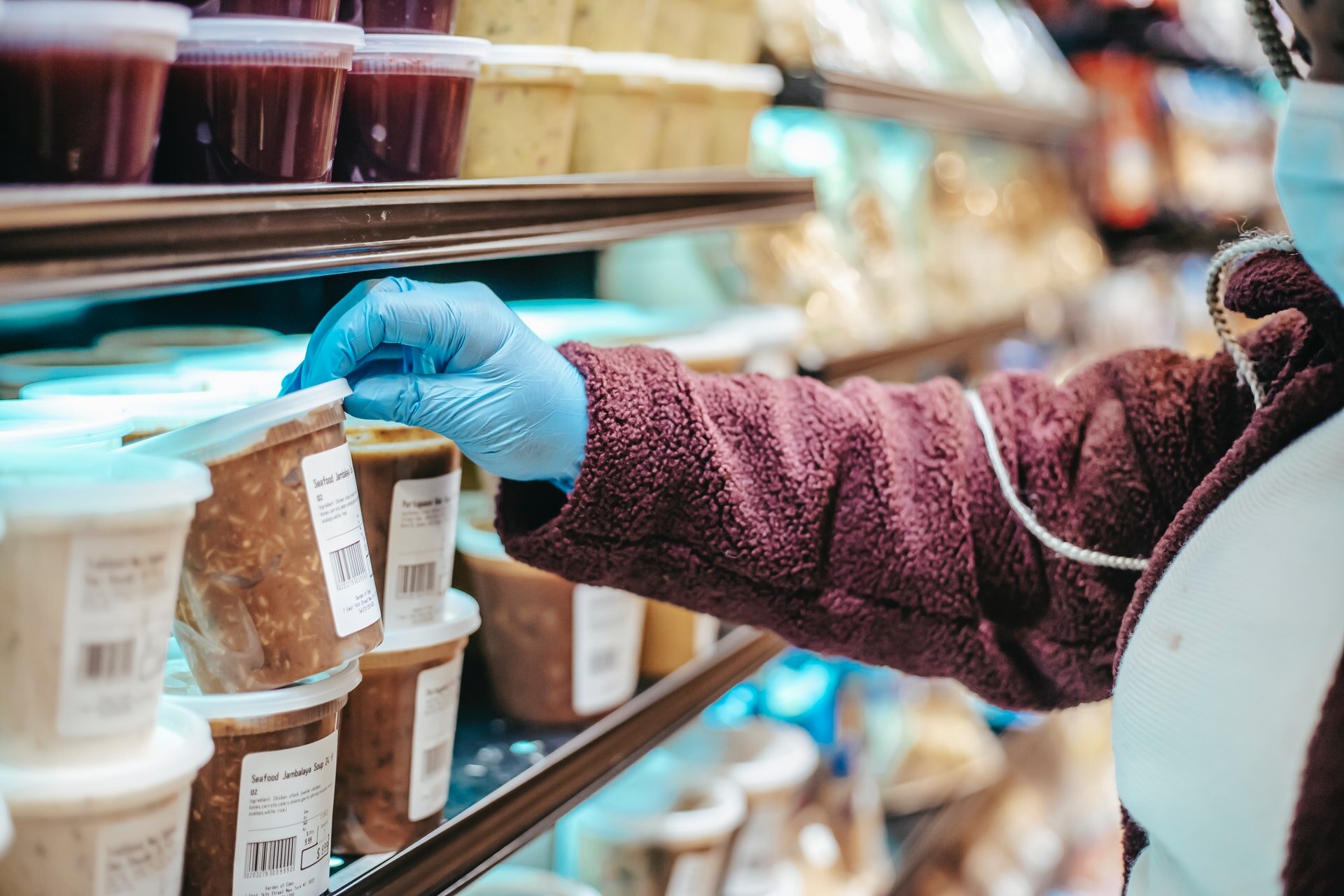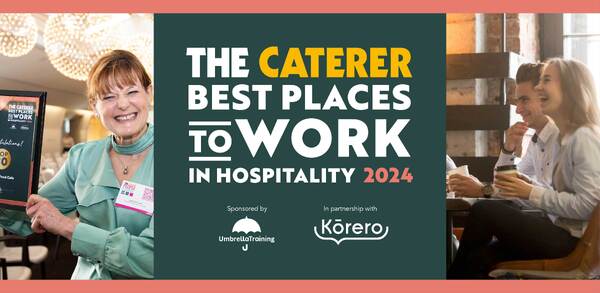Natasha’s Law critical industry update: How to manage the risks around allergen misinformation
With the food and hospitality sector reopening and the weather brightening up, it finally seems that we can look forward to doing what the industry does best – serving great food to customers!
Alongside reopening and managing all the conditions that come with that, it’s a busy time for food operators who need to comply with Natasha’s Law from 1 October 2021, when all PPDS products are required to have a label with the food name, full ingredients and allergens clearly legible for consumers.
To help your business make the most of the time left to prepare, Nutritics and its partners at the UK Food Labelling Resource have identified the key risk stages when handling allergens or food information and a solution for each of these.
What are the highest risk points of allergen contamination or food misinformation?

- Inaccurate ingredient information from a supplier. Under the EU law Regulation (EC) 178/2002, 'General Food Law', suppliers are obliged to provide full ingredient information for traceability, including batch numbers, the breakdown of any pre-made sauces or mixes.
- A change is made to a product by the supplier, meaning a new allergen is added.
- Information is left out when putting together an ingredient list and allergens for a recipe meaning that an allergen is not included on the label.
- A food product is accidentally contaminated by an allergen ingredient during production.
- An incorrect label is put on the PPDS product.
- The label is not legible or to the correct format for the ingredients to be clearly read by the consumer.
How do food businesses reduce or eliminate these risks?
Stephen Nolan, Managing Director of Nutritics says that when we look at the greatest risks of allergen contamination or food misinformation, they can all be actively managed and balanced by combining existing good food hygiene and safety processes with an automated food information software package.
“All of the risks mentioned above can be planned for and eliminated through strong control measures at each stage of the food production process. Here are our top recommendations:
- Ensure you check supplier foods’ ingredient information upon each delivery.
- Have a process in place for notifying of any change - preferably one which is automated through your software package - to capture any new allergens.
- Automation increases accuracy AND saves time and money. If information is automatically being uploaded by a supplier to your database, then the risk of an ingredient or allergen being left out of a recipe and therefore from the label, is gone. Removing manual information input helps to reduce the risk of human error.
- Investing in a good software system and the right hardware allows you to concentrate more on the hygiene and food safety side and to focus time on making the checks needed to ensure the right labels are going on the right products and that they meet the standards set by the FSA on size and legibility.”
Stephen added, “A lot of our customers are focused now on getting their supplier information on to their database and how this information then looks in each recipe. Their next key step is integrating software with the right printer hardware and carrying out test runs on labels, to identify how best to print these, get them on the right PPDS products and to iron out any issues that arise before October.”
What is PPDS food and what should the label look like?
The FSA has very clear guidelines on what PPDS food is and also showing what a label needs to contain and how it should be laid out. You can read more on these requirements on the Nutritics blog where we look at the different options for labels on PPDS products. Visit here to find out more.
Buying label printers - what you need to consider
Choosing the right hardware to produce your food labels means thinking through the conditions in which food is stored and cooked. The questions you need to consider are:
- What size is the product / packaging that the label needs to go on?
- Is this big enough to meet the FSA required standards?
- Does the product need reheated in the packaging?
- Is it being frozen or chilled?
- Is the label being printed on-site or off-site and then supplied to the location?
Ben Toft is a hardware solutions expert with Peak-Ryzex. Over the last four months, he’s been working closely with food operators and caterers to identify what their business needs are, taking into account factors like volume of products, number of locations, requirements for different packaging and so on.
“A critical concern for businesses should be hardware timelines. With demand for appropriate hardware now increasing, you may find that order times for multi-site operators are longer than expected. If you are to allow enough time for set up, training and of course, testing, then you should prepare a realistic timeline that accounts for those needs.”
Critical timelines: what to do and when by
At a recent webinar hosted by The Caterer magazine, Nutritics’ customer Amy Roberts, managing director of operations at Holroyd Howe, outlined how planning and preparation was key to their business being ready for 1 October.
“We are focusing on having the right process in place and not rushing. We are trialling it very carefully before going live, firstly in a small group of schools, on all our PPDS foods. The information being printed won’t be shared until we are 100% confident it is accurate and that the process we have put in place works. We are monitoring everything from stress testing labels, checking if the necessary information fits on them, for example for things like crudité pots, do the labels work under heat and so on.”
You can watch the full webinar here.

To support your business in making the most of the time between now and the compliance date of 1 October, we’ve produced a handy infographic guide on what to focus on each month.




















